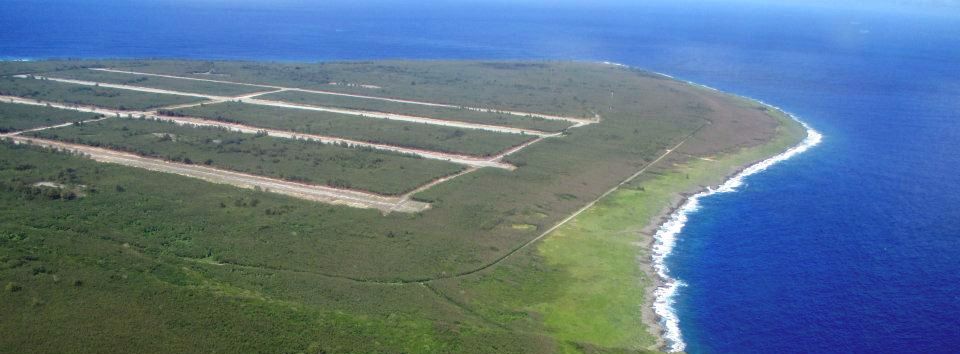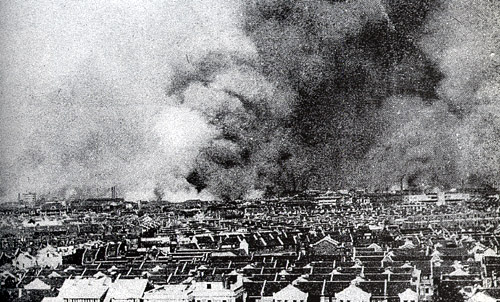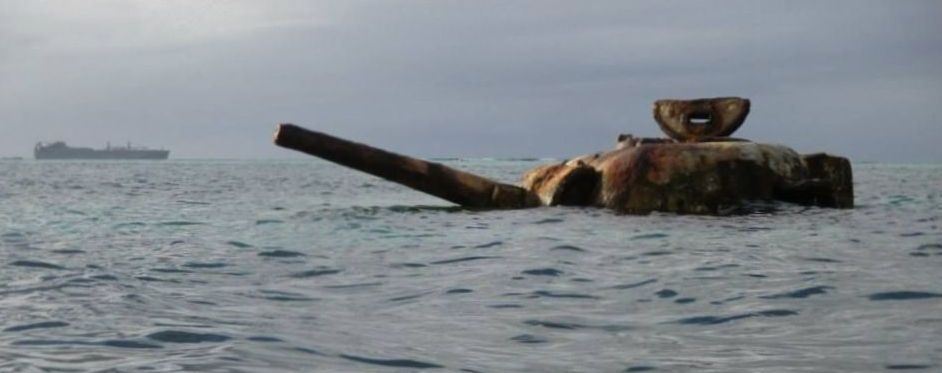In this special issue, we look from multiple viewpoints at the conventional and atomic attacks on Japanese cities to end the Asia-Pacific war.
-
August 2023
Volume68Issue5
The great popularity of the new movie Oppenheimer reveals the enduring fascination with the atomic attacks on Hiroshima and Nagasaki seventy-eight years ago.
In this issue, we look comprehensively at the use of those weapons and the struggle to end the war in Asia, which many people don't realize caused well over 20,000,000 deaths, mostly of civilians, and more than 100 times the horrific toll of the atomic bombs. (See “Counting All The Dead” here.)
I consider this issue of American Heritage to be one of the most important I have helped put together in 15 years of editing the magazine. We are grateful for the work of the historians who contributed: Richard Frank, Richard Overy, Paul Ham, and David Dean Barrett, among others.
Our purpose with this issue is not to blame, but, rather, to allow our readers to look at the historical facts and context from various points of view.
New information continues to come to light. “My articles reflect an enormous amount of research stretching back literally over decades,” Richard Frank, author of the classic study, Downfall: The End of the Imperial Japanese Empire, explains. “So much of the literature on the end of the Asia-Pacific War and the atomic bombs is based upon research that halted on or about the time of the Enola Gay controversy at The Smithsonian in 1995. Since that episode, we have gleaned a vast amount of new evidence from both US and Japanese sources. On the American side, the radio intelligence revelations had barely begun in 1995, and have grown massively since then. On the Japanese side, key information only emerged after a lengthy period following the emperor’s death in 1989, when Imperial Household records were finally disclosed.”
Our lead essay, “Cities Reduced to Ashes,” sets the stage — the situation of the war in the spring of 1945 — and describes the American bombing raids that destroyed much of Tokyo and dozens of other Japanese cities, killing at least 200,000 people, without forcing a surrender. It was written by the historian David Dean Barrett, whose impressive book on the subject, 140 Days to Hiroshima: The Story of Japan’s Last Chance to Avert Armageddon came out in 2020.
In our next article, the British historian Richard Overy recounts the "Struggle to End the War.” Even though the leaders of Japan realized that defeat was inevitable in the summer of 1945, they could not agree among themselves, or with the Allies, on surrender terms, especially regarding the future of Emperor Hirohito and his throne.
In 1945, the Japanese had a massive number of troops defending the homeland, and millions of civilians in training as militia. What would have happened if America went ahead with its plans to invade the home islands of Kyushu and Honshu? Dean Barrett looks at “The Secret Plans to Invade Japan,” with estimates of American casualties ranging as high as two to four million, given the terrible losses that all sides had suffered on islands such as Guadalcanal, Tarawa, Saipan, Peleliu, Iwo Jima, and Okinawa.
The fact is that the leaders in Tokyo alone controlled when the war would end. In “What Were the Japanese Thinking?”, Richard Frank looks at how the regime's political structure was so complex that rational decision-making was nearly impossible.

While most of the authors in this issue lay the blame for the prolonged war in 1945 on the failure of Japanese leaders to act rationally and to wisely face surrender, historian Paul Ham argues that there were alternatives to the nuclear attacks. He assembles impressive evidence in his essay, “Did We Really Need to Drop the Bomb?”

We shouldn't prioritize the deaths from the bombings of Japan, without putting them in context. A recent article, “When Tokyo Burned,” in Foreign Policy, looked at the terrible suffering caused by the American firebombing of Japan’s capital on March 10, 1945. The author compared those deaths to the ones caused by Japanese bombing in China, and inexplicably wrote: “Over the next five years, multiple raids would kill more than 10,000 Chinese civilians.”
In fact, Japanese bombings caused many times that number of deaths, and atrocities such as the Rape of Nanking and the attacks on Shanghai and other cities caused an estimated 23 million deaths in China alone.
Richard B. Frank has spent years analyzing reports from the United States and Japan and many other sources to assess the totality of the costs of this, the worst war in history. His essay “Counting All The Dead” is a major contribution.
We should also remember that the U.S. government worked hard to hide the magnitude of what happened in Hiroshima, until John Hersey’s story appeared in the New Yorker in 1946, driving home the awful truth about America’s new mega-weapon. Lesley Blume here recounts his journalistic coup in “John Hersey Uncovers the Horror.”
In 1947, Secretary of War Henry Stimson explained in an extended essay the agonizing decision to use the bomb: "This deliberate, premeditated destruction was our least abhorrent choice." In this issue, we reprint his essay “Why We Used the Atomic Bomb” from The Atlantic; the piece is a detailed justification from one who had been intimately involved in the decision to drop Little Boy and Fat Man on Japan.
We want to give special thanks to our Senior Editor, Keith Fitzgerald, who has spent decades studying, teaching, and writing about the Asia-Pacific War and traveling to World War II sites all over Japan, South Korea, China, Singapore, Malaysia, Thailand, Hong Kong, the Philippines, Saipan, Guam, and Tinian. His deep knowledge of this history and his first-hand familiarity with these sites have been invaluable.
"It was a massacre of biblical proportions," writes Lesley Blume. "Even today — 78 years after the bombing — the name Hiroshima conjures up images of fiery nuclear holocaust, and sends chills down spines around the world."


